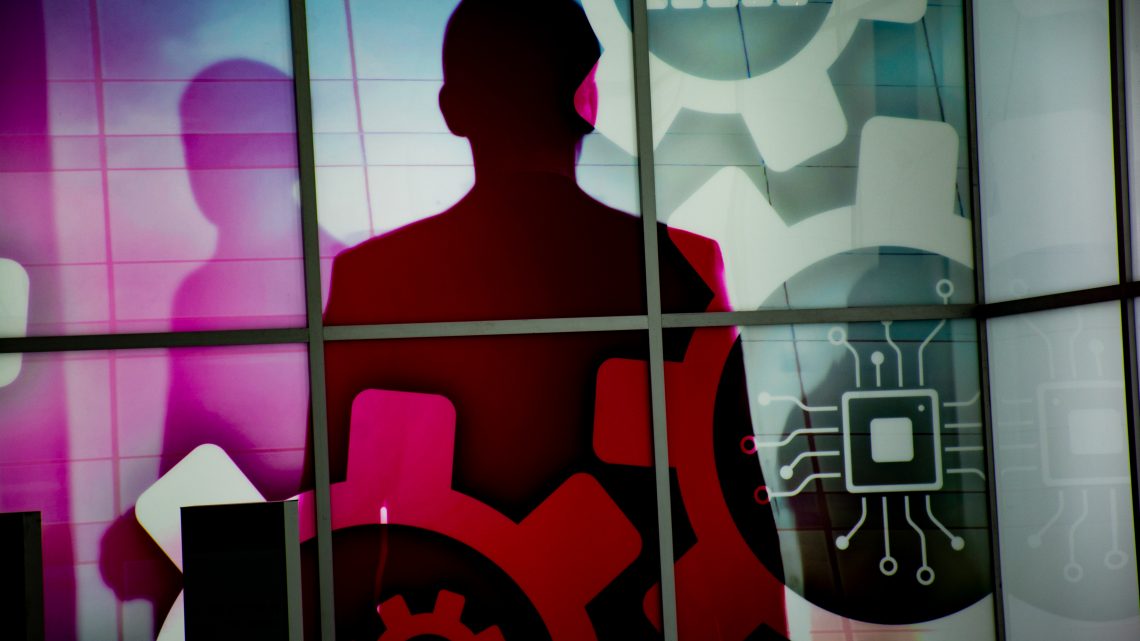
How the pandemic accelerates the crisis and automation
3. April 2020How the pandemic accelerates the crisis and automation
New York, 3.4.2020
The COVID 19 pandemic accelerates an automated future that is already on the way. That’s why: Focus on deploying real solutions that can run 24 hours a day with a minimum of human intervention and provide real value to users.
Thousands of Americans have started working from home in the middle of the current pandemic. Chinese e-commerce giant JD has begun testing a level 4 autonomous delivery robot in Wuhan and is operating its automated warehouses around the clock to handle the surge in demand.
Suddenly autonomous machines have to be better than just a proof of concept. They have to be robust enough to work independently in different real-life situations.
It’s obvious: the pandemic accelerates an automated future. It has uncovered problems that have long been present in the AI venture scene: Buzzwords and hype cloud people’s judgment and make it difficult to see real progress.
The industry must implement urgently needed reforms towards real autonomous systems in the following three areas:
- rethink the metrics.
As more and more autonomous AI machines are used in the real world, traditional metrics such as speed, cycle time or success rate can no longer provide the complete picture. We have to measure the reliability of the system under uncertainty with robustness metrics such as the average number of human interventions. We need more tools and industry standards to evaluate the overall performance of the system in a variety of scenarios, since real life is unpredictable as opposed to a controlled environment.
If a delivery robot can reach a maximum speed of 4 mph, but cannot make a single delivery without human assistance on site, the robot will not create much value for its users.
DevOps was created a few years ago to shorten the development cycle and continuously deliver high quality software. Compared to software engineering, AI or ML is much less mature. 87% of ML projects never go into production. Recently, however, more and more MLOps or AIOps are appearing.
This marks a crucial transition from AI/ML research to actual products that are used and tested daily. It requires a significant change in mentality to focus on quality assurance instead of state-of-the-art ML models. This does not mean that we cannot have both at the same time, but so far we have put more emphasis on the latter.
- redesign of error handling and communication
It is important to measure the number of human interventions required. More importantly, we need to develop a better way to handle and communicate errors. For example, by showing the level of confidence in predictions of machine learning or by making predictions in the form of suggestions instead of decisions, we can create confidence among users.
In addition, two-way communication is essential to enable users to mark up the unknown, errors that cannot be detected by the systems. This is especially important for major errors that require immediate human intervention to resume system operation.
Error handling is the first step. It is about identifying cases where machines cannot handle every scenario on their own. The next step is to ensure seamless handover and collaboration between machines and humans to handle borderlne cases and optimize overall performance.
- redefining human-machine interaction
We are used to guiding robots or giving orders to machines. But as machines become more intelligent, should we humans always make the final decision?
For example, who should control an autonomous robot taxi? The car itself? The human safety driver? Someone to remotely monitor a fleet of robot axes? Or the passengers? In what situation? Do we have the right tool and the right technology to transmit all relevant information to this decision-maker in a timely manner?
Besides technology, there are also questions of trust. Even though research shows that autonomous cars are safer, almost half of Americans still prefer not to use an autonomous car.
How can we develop human-centered AI to ensure that autonomous machines make our lives better, not worse? How do we automate the right use cases to make people bigger? How do we build a hybrid team that delivers better results and allows man and machine to learn from each other?
There are still many questions we need to answer. But the good news is that we have started to do so. And we seem to be going in the right direction.
This article was written in a slightly shortened and modified form by Bastiane Huang. She is a product manager at OSARO, a San Francisco-based AI/robotics start-up supported by Peter Thiel and Jerry Yang’s AME Cloud. She previously worked for Amazon Alexa.


